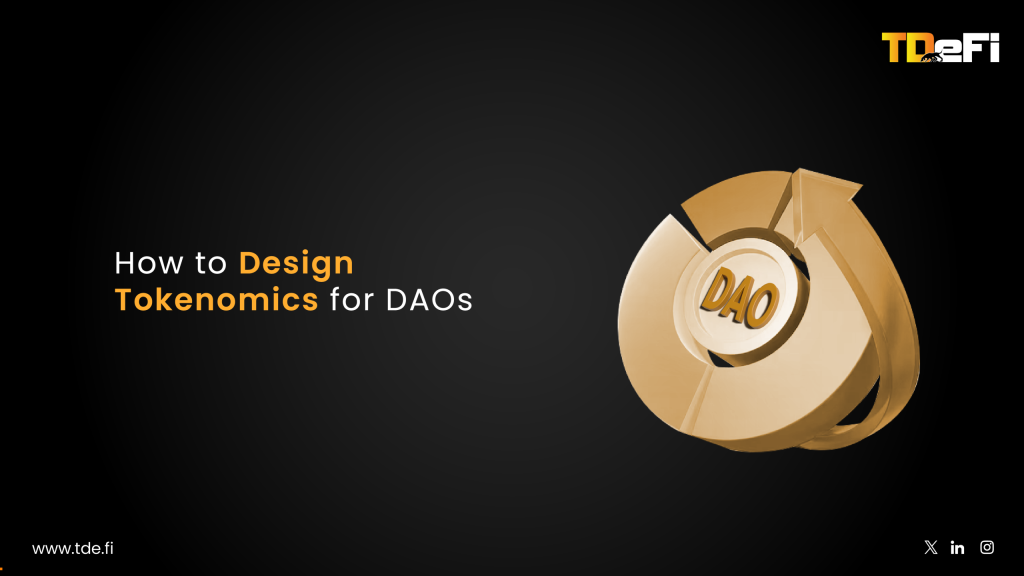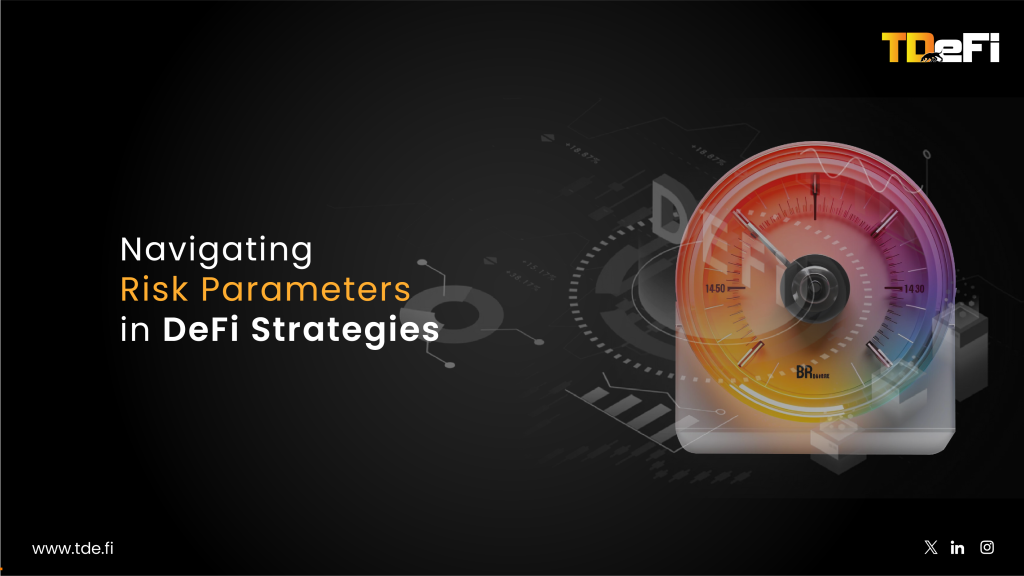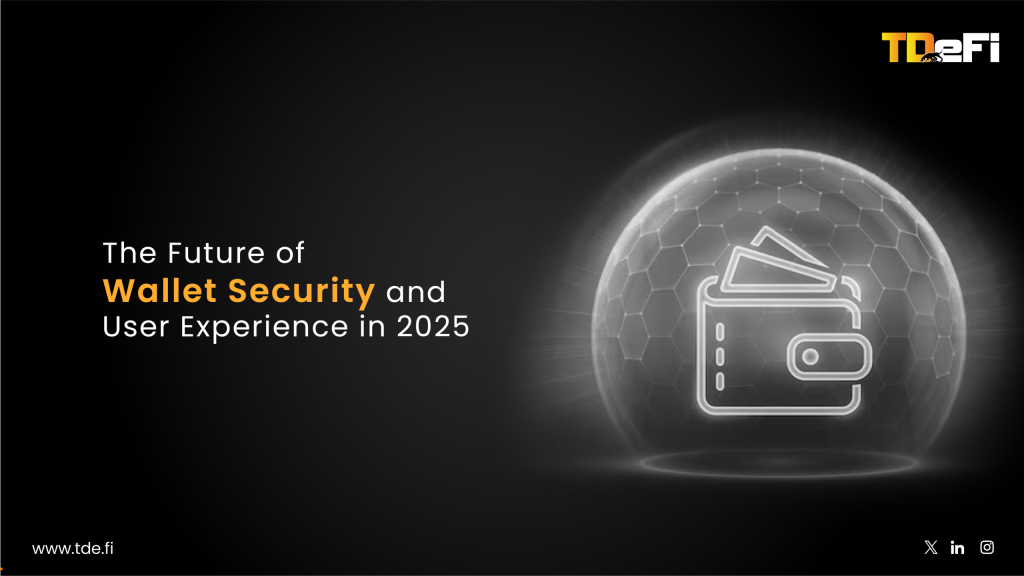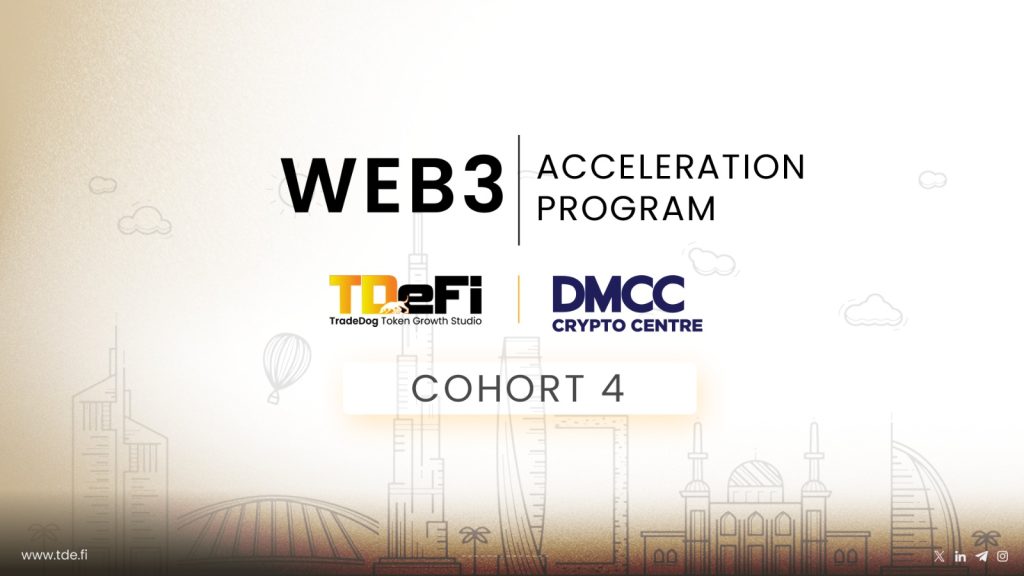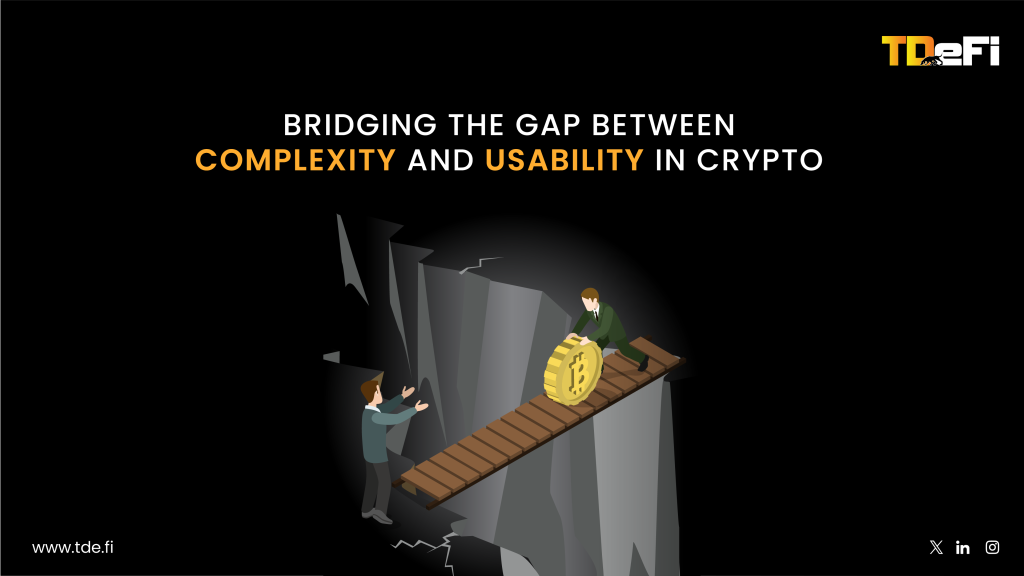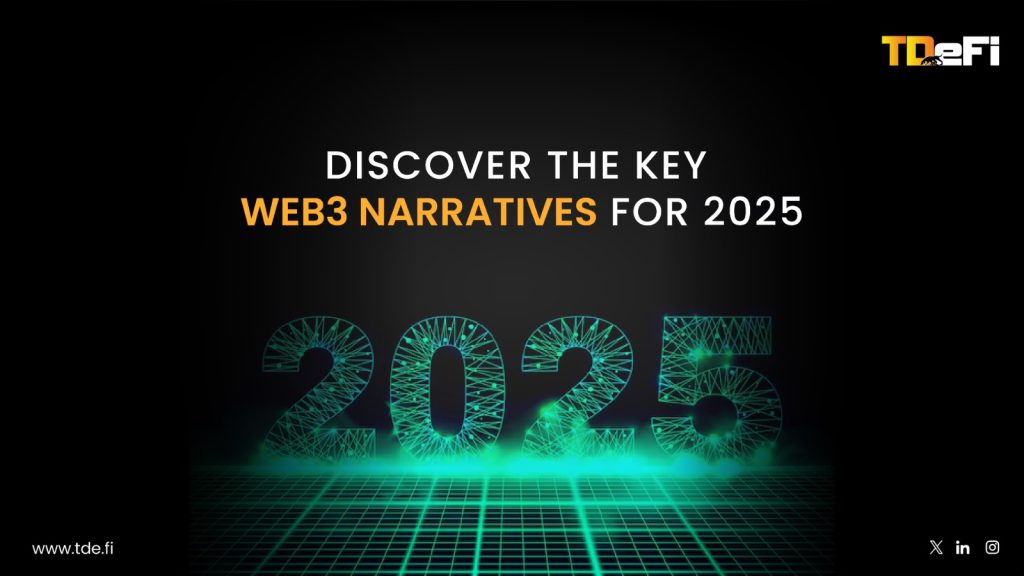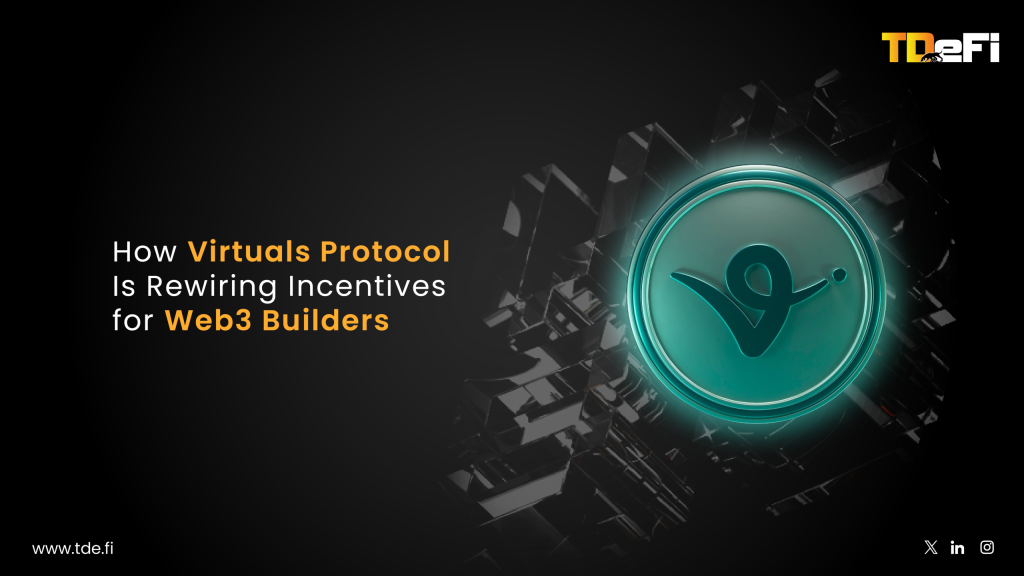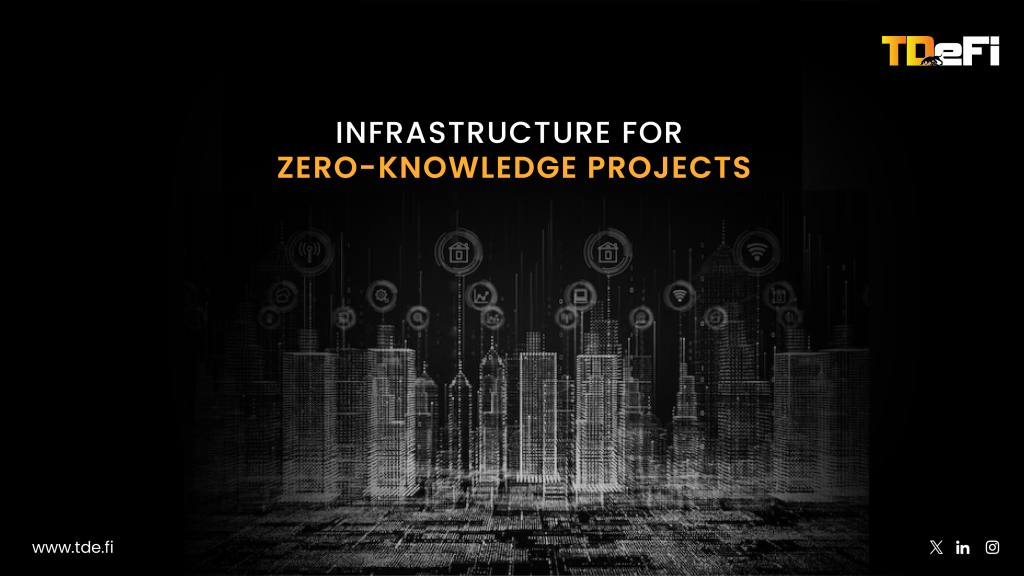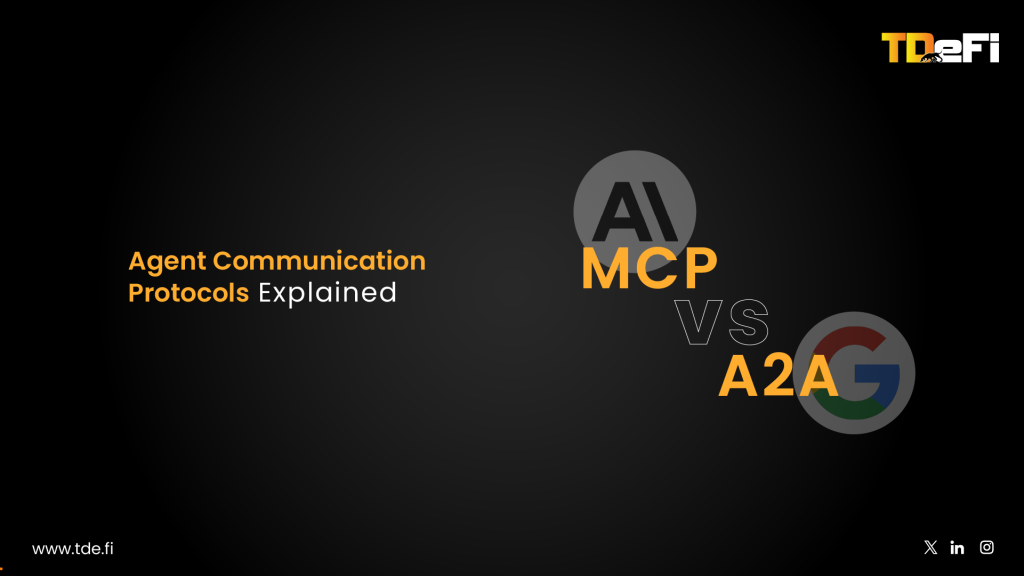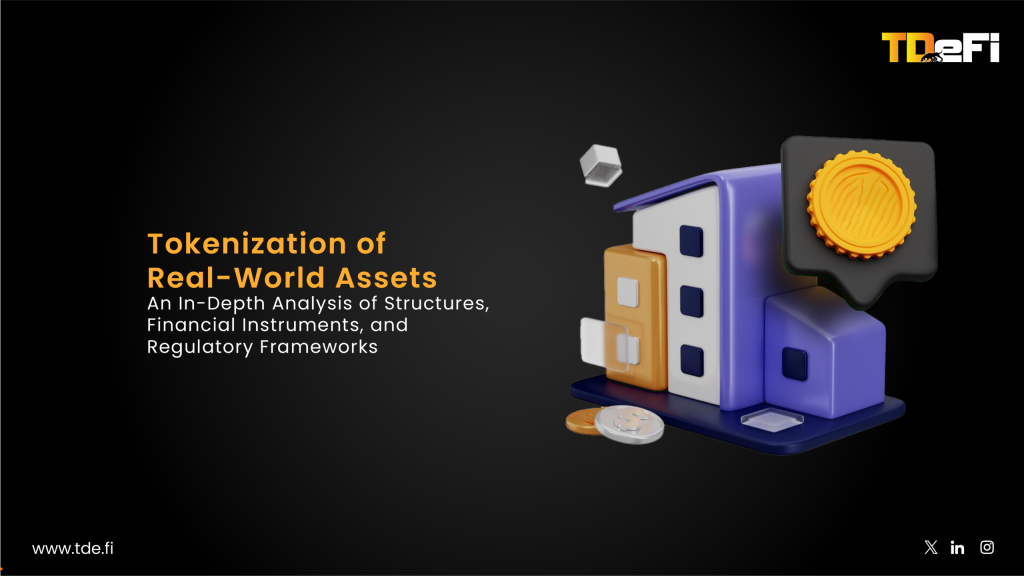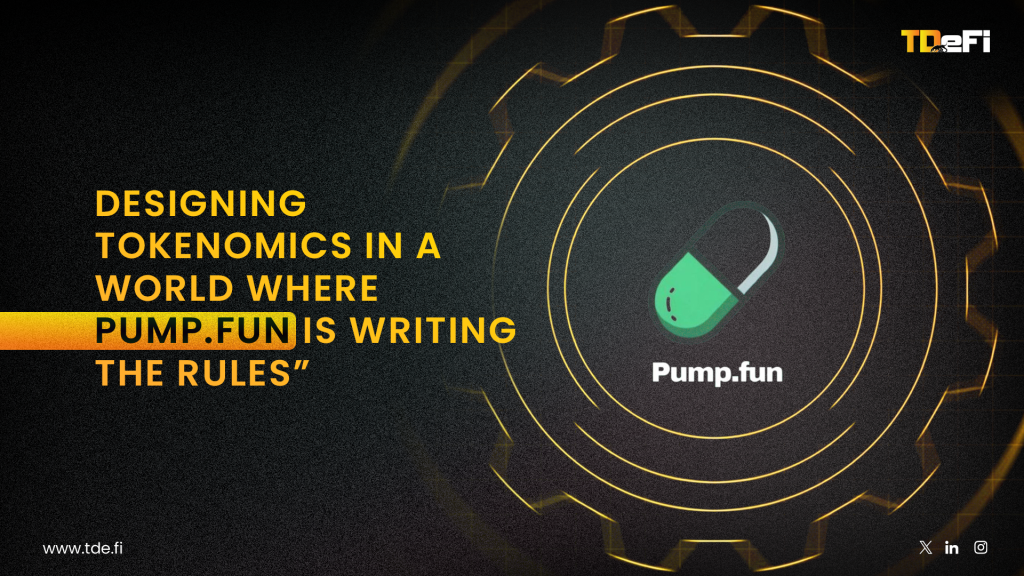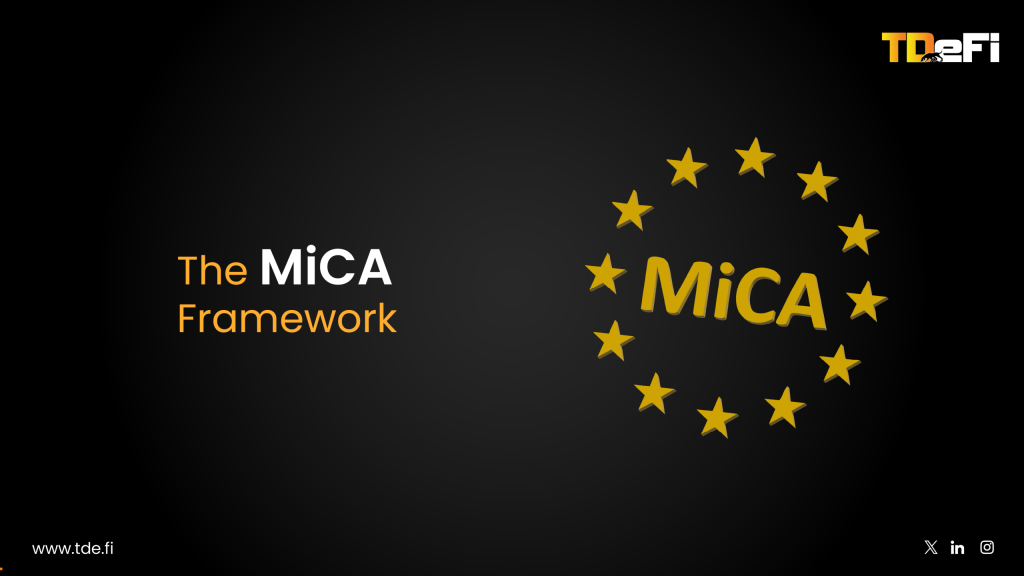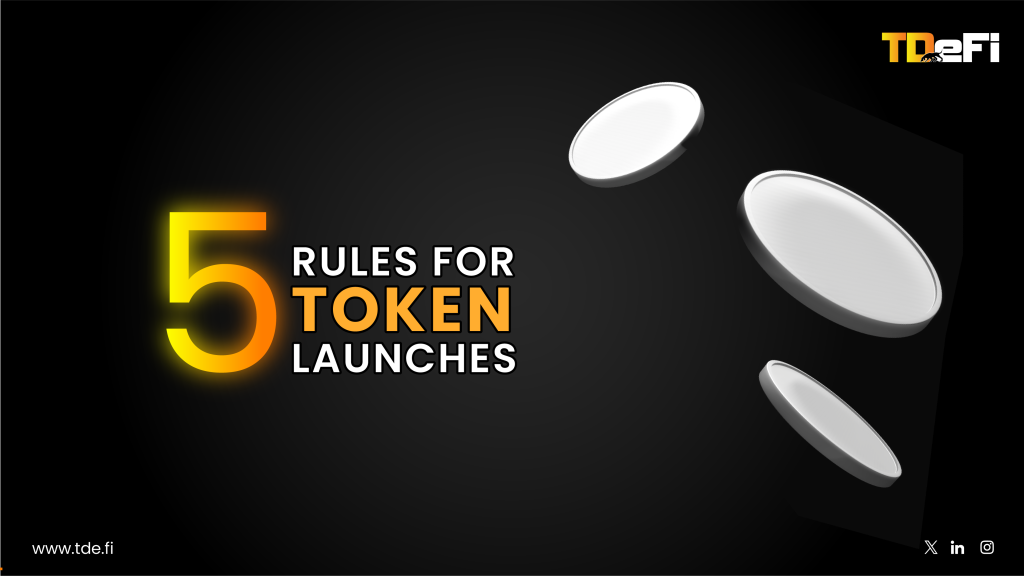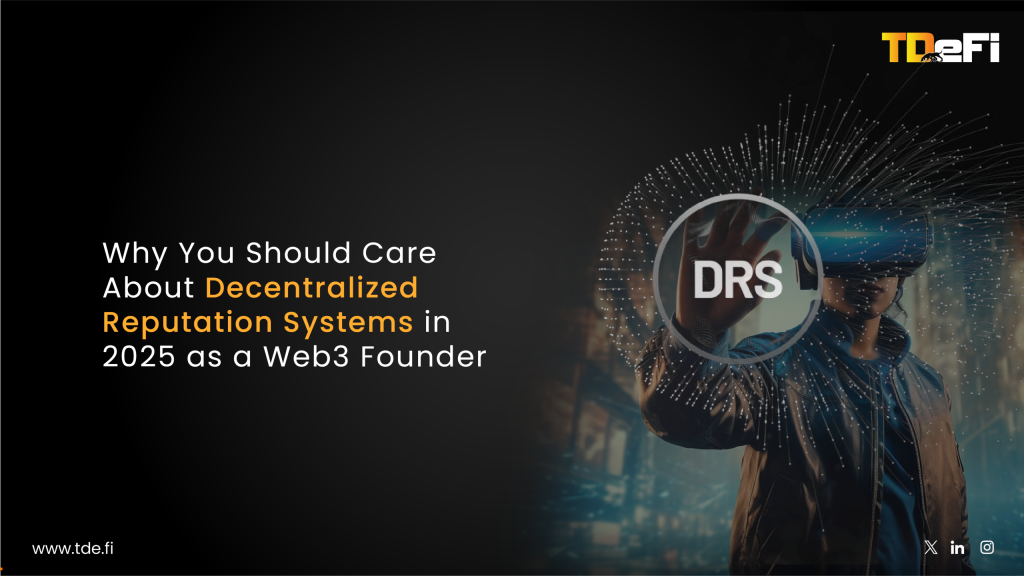On May 7, 2025, Ethereum achieved yet another transformative milestone: the activation of its highly anticipated Pectra Upgrade. Positioned as Ethereum’s most significant update since the 2022 Merge, Pectra isn’t just about incremental improvements—it fundamentally redefines how users, validators, and developers engage with blockchain technology. At a moment when Ethereum faces fierce competition from agile newcomers, the upgrade underscores Ethereum’s commitment to evolving for the long term, setting a fresh benchmark for blockchain usability and scalability.
But why exactly is Pectra so pivotal, and how does it directly impact you? Let’s dive in.
What Is the Pectra Upgrade?
At its core, Pectra is a dual-layer hard fork, integrating two major enhancements simultaneously: the Prague execution layer and the Electra consensus layer. By combining these, Ethereum implemented eleven Ethereum Improvement Proposals (EIPs) covering usability enhancements, smarter staking mechanics, streamlined developer experience, and optimized data management for greater scalability.
Key Technical Innovations
1. Account Abstraction and Smart Wallets
The standout feature of Pectra is undoubtedly Account Abstraction (via EIP-7702). Before Pectra, Ethereum wallets (Externally Owned Accounts – EOAs) had limited functionality as they couldn’t easily interact flexibly like smart contracts could. Now, wallets can temporarily act as smart contracts, allowing groundbreaking innovations such as:
- Gas fees paid in any token (no longer restricted to just ETH)
- Batch transactions for smoother, quicker user experiences
- Session keys enhancing security and ease of use across decentralized applications (dApps)
For marketers, this development is especially compelling. Imagine onboarding new users without forcing them into complicated processes or mandatory ETH purchases. With Pectra, third-party platforms can seamlessly sponsor transaction fees, dramatically lowering the entry barrier and exponentially widening Ethereum’s mainstream appeal.
2. Enhanced Staking Mechanisms
Ethereum has notably raised the maximum staking limit per validator, from a modest 32 ETH to 2,048 ETH. This strategic adjustment significantly reduces complexity for institutional stakers, who previously operated hundreds or even thousands of separate validator nodes.
Such consolidation offers operational efficiency and a simpler, streamlined experience, attracting greater institutional investment. Additionally, validators now enjoy improved control over withdrawal timings, enhancing liquidity, flexibility, and making staking more attractive to both individuals and larger enterprises.
3. Improved Scalability and Data Efficiency
One persistent challenge Ethereum faced was scalability and transaction cost management. With Pectra, Ethereum introduced Peer Data Availability Sampling (PeerDAS) and Verkle Trees, cutting-edge data structures drastically reducing data storage requirements for validators.
This change not only optimizes network efficiency but sets the stage for future upgrades like full sharding. As marketers, this improved scalability translates to significantly lower transaction fees, enabling broader adoption of DeFi platforms, NFTs, and blockchain-based gaming.
Impact on Users
a) Simplified Transactions and Improved Usability
- With account abstraction, users can pay fees in stablecoins or other ERC-20 tokens, not just ETH. Third-party services can also sponsor transaction fees, making dApp usage more accessible-especially for those unfamiliar with ETH.
- Batched transactions and session keys mean smoother, more secure interactions with DeFi, gaming, and payment platforms.
b) Reduced Transaction Costs
- By improving data handling and reducing network congestion, Pectra is expected to lower gas fees, making Ethereum more affordable for everyday use.
c) Enhanced Wallet Functionality
- Wallets can now support advanced features like transaction batching and customizable security, making them more intuitive and reducing the technical complexity for new users.
d) Improved Staking Flexibility
- The higher staking cap and direct withdrawal features give stakers more control and flexibility, appealing to both solo stakers and large institutions.
Impact on Developers
a) Streamlined Contract Deployment
- The new EVM Object Format simplifies smart contract creation and management, reducing costs and enabling more sophisticated decentralized applications.
b) Better Developer Tooling
- The ability for EOAs to temporarily act as smart contract wallets (via EIP-7702) allows developers to experiment with new wallet paradigms and security models, accelerating innovation.
c) Increased L2 Data Capacity
- Pectra doubles the space available for “blobs” (temporary data storage) on L2 networks. This leads to faster, cheaper transactions and better integration between Ethereum’s base layer and its scaling solutions.
Impact on Validators and Staking
a) Validator Consolidation and Efficiency
- Raising the validator cap to 2,048 ETH allows large stakers to consolidate, reducing the total number of validators and simplifying node management4589.
- This could lead to some centralization among validators, but the network’s design aims to maintain decentralization and security.
b) Greater Staking Control
- Validators and stakers can now manage their assets more efficiently, with features like incremental staking balances and direct withdrawal triggers.
Strategic and Ecosystem Implications
a) Competitive Positioning
Pectra comes at a critical time for Ethereum, which has faced increased competition from faster, more nimble blockchains like Solana. By improving user experience, lowering costs, and enhancing scalability, Ethereum aims to retain its leadership in the smart contract space.
b) Community and Governance
The upgrade follows a period of introspection within the Ethereum community, including debates about the Ethereum Foundation’s leadership and the network’s long-term vision. Pectra’s successful deployment, following rigorous testing, signals renewed momentum and confidence in Ethereum’s roadmap.
Challenges and Concerns
a) Security and Standardization
As with any major upgrade, new features like account abstraction and higher validator stakes introduce potential risks. Ongoing testing and community vigilance will be crucial to ensure the network remains secure and resilient.
b) Validator Consolidation
While operational efficiency increases, raising the validator cap could lead to greater centralization among large stakers. Ethereum’s design and community governance will need to monitor and address any emerging risks to decentralization.
Conclusion
The Pectra upgrade marks a transformative moment for Ethereum. By merging technical innovation with a renewed focus on user and developer experience, Pectra positions Ethereum for the next phase of growth in decentralized applications, staking, and Layer 2 scaling. As Joseph Lubin, Ethereum co-founder, noted, Pectra is “a major step forward in building the foundation for a decentralized global system.
For users, Pectra means cheaper, simpler, and more powerful interactions with Ethereum. For developers, it unlocks new tools and efficiencies. For validators and stakers, it offers greater flexibility and control. And for the broader ecosystem, it signals that Ethereum remains at the forefront of blockchain evolution-ready to meet the challenges and opportunities of the next decade.
As the upgrade settles in, the Ethereum community will watch closely to see how these changes play out in practice, but one thing is clear: with Pectra, Ethereum has taken a bold step into the future of decentralized technology.










